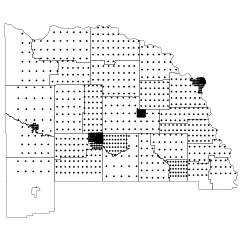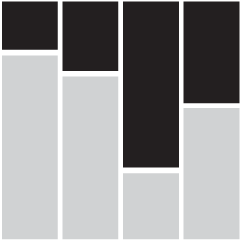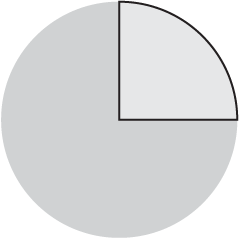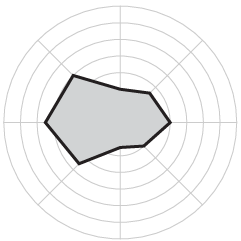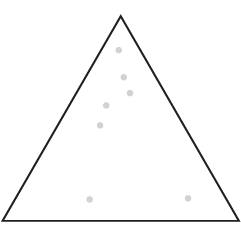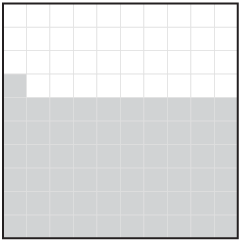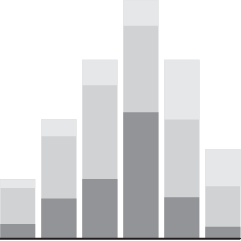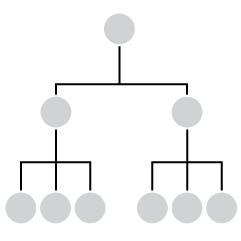Visual.ly analyzed the top 30 infographics posted on their site and determined that data visualization doesn’t matter:
Data visualization certainly matters when it comes to conveying information effectively, but when it comes to sharing, the answer is no: having data to represent is not a critical ingredient in infographics. More than half, or 53%, of the top 30 graphics do not contain data visualization. And by data visualization, we mean visual objects that are sized, colored, or positioned to represent numerical values.
I think what they actually mean is that data visualization is not the sole factor of a successful visualization. Since they are only analyzing the top 30 infographics, the minority 47% that had data visualization are still very successful. It would be a different story if the 53% of infographics without dataviz were the top successes and the 47% with dataviz were the bottom losers.
My hunch is that the successful infographics posted on Visual.ly are popular because, like other viral content, they strike a nerve, are of the moment, are humorous yet relevant, or have some other je ne sais quoi.


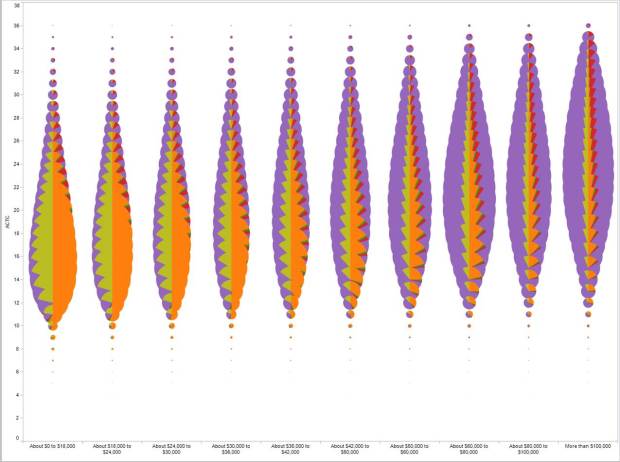
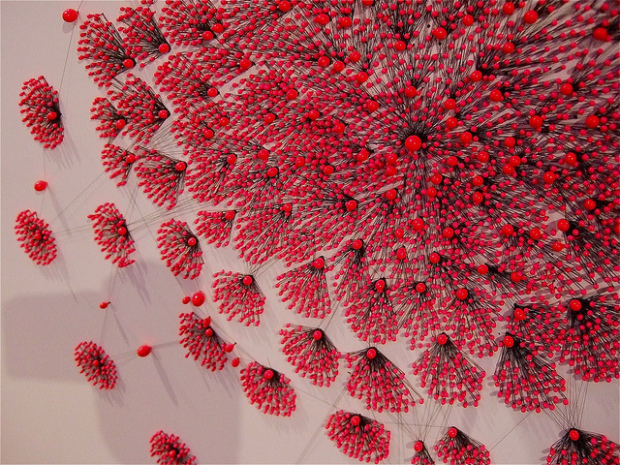
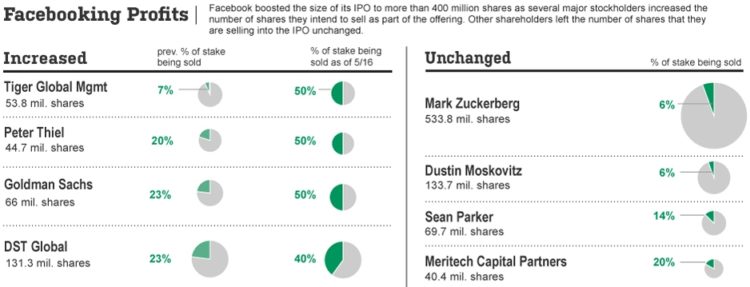
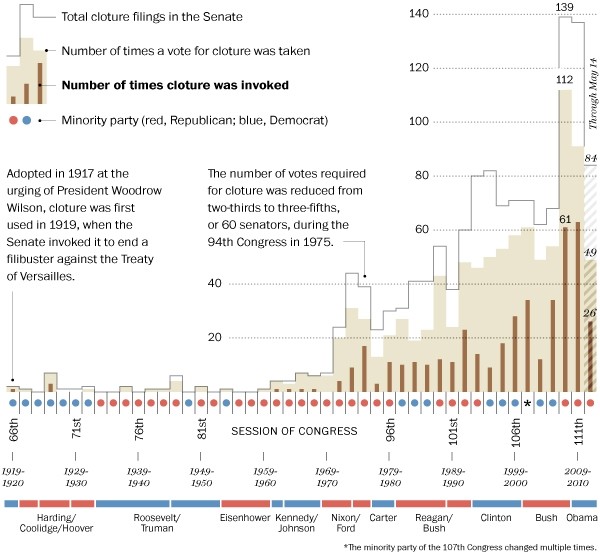
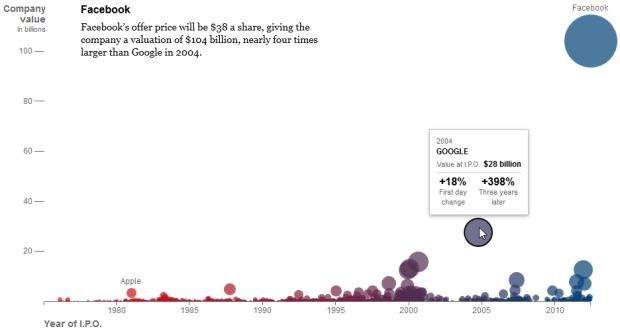
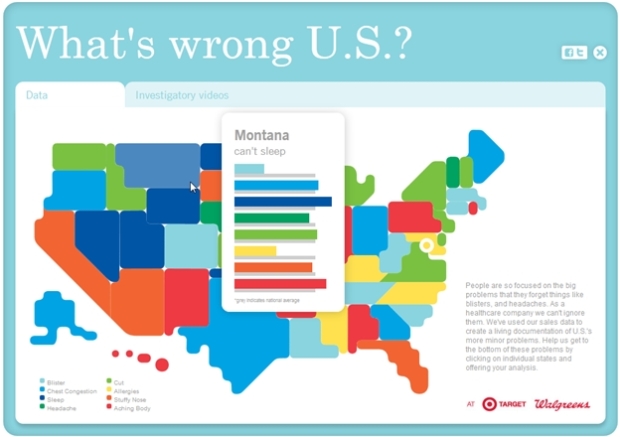
 Visualize This: The FlowingData Guide to Design, Visualization, and Statistics (2nd Edition)
Visualize This: The FlowingData Guide to Design, Visualization, and Statistics (2nd Edition)
